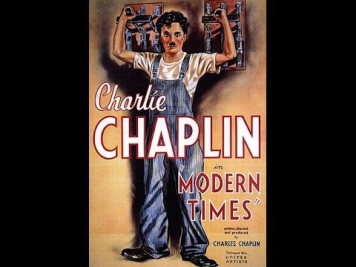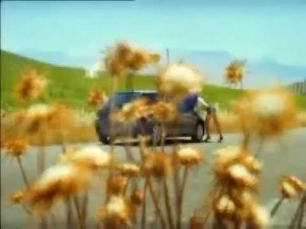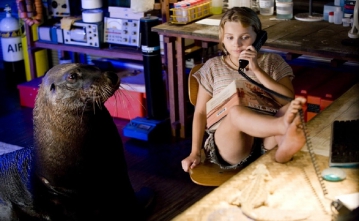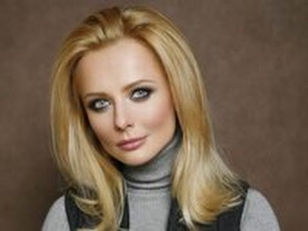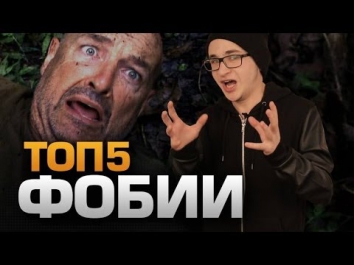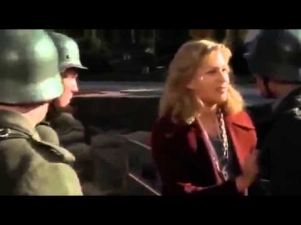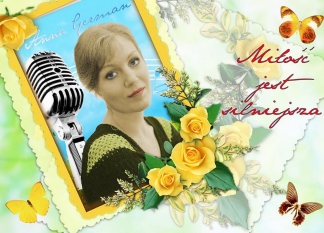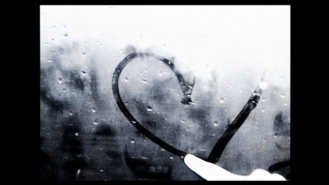"The Champion" - Charlie Chaplin's funniest early silent comedy film - 1915-Full movie
Эксклюзивное видео на сайте deadmansongs.ru! "The Champion" is a silent comedy film released in 1915 by Essanay Studios, starring Charlie Chaplin alongside Edna Purviance and Leo White. Essanay co-owner and star, Broncho Billy Anderson can be seen as an enthusiastic audience member in the boxing match scene."Charlie walks with his bulldog and finds a "good luck" horseshoe when he passes a training camp that is looking for a boxing partner "who can take a beating".Charlie won't take a beating, that he has decided.After watching the others lose, he puts the horseshoe inside his glove and wins.Now the trainer prepares Charlie to fight the world champion.Can Charlie win this time.There's also a nasty gambler who wants him to throw the fight.And there's also some love in the air with the trainer's daughter.What a great silent short from Charles Chaplin.The Champion is from 1915 and it also stars Edna Purviance Trainer\'s Daughter, Ernest Van Pelt Spike Dugan, Lloyd Bacon Second Sparring Partner etc. and Leo White Crooked Gambler.You can also see Billy Armstrong, Ben Turpin and Broncho 'Billy' Anderson.This is a perfect comedy.There's no stop to laughter once you get started.When Charlie trains for his match and he keeps getting hits on his nose.When he shows off to Edna with the weights.How he kisses the dog on the head before going into ring.And the fight itself is priceless! How he gets exhausted and swings from one side to another in the ring.And then we see the dog in the ring hanging from the behind of the opponent.Hilarious, just hilarious" Petri Pelkonen, FinlandTHE CHAMPION stands as one of Chaplin's funniest and most satisfying early comedies. The film boasts lots of sure-fire gags, colorful supporting players, and an especially vigorous and winning performance from the leading player himself.During his apprenticeship at Keystone in 1914 Chaplin learned the rudiments of filmmaking from Mack Sennett, who liked his comedies low and fast. Thus, in his earliest movies Chaplin is concerned only with action and gags, and doesn't appear to care whether the viewer likes his character or not; sometimes he's an out-and-out rotter. But with this new series for the Essanay Company Chaplin learned, first, to slow down a little and let things unfold as they may. More importantly, he learned to develop a sympathetic character viewers could care about.Everything builds towards the climactic battle. Chaplin fans taking the long view might regard this as a dry run for the big fight in CITY LIGHTS 1931, but the boxing match in THE CHAMPION can hold its own as a great sequence in its own right. In addition to being well staged and beautifully timed, the scene features several notable participants silent film buffs will recognize. Charlie's tubby opponent in the ring is character actor Bud Jamison, at the beginning of a 30-year career supporting almost every famous comic of the era. In the stands meanwhile are two prominent players of the day, G. M. "Broncho Billy" Anderson and Ben Turpin. Anderson was among the very first Western stars and also happened to be a co-founder of the Essanay Company, producers of this film. Therefore Anderson was in effect Chaplin's boss, and his cameo as a highly enthusiastic spectator can be seen as something of a good-natured inside joke. Ben Turpin, on the other hand, had co-starred with Chaplin in his two previous comedies, but the two men disliked each other and went their separate ways after this point. Turpin is granted a very brief bit as a peanut vendor in the stands during the bout, clambering over spectators before he is bodily thrown out-- out of the stands, out of the film, and, in effect, out of Chaplin's orbit.In any event, the fight makes for a funny and exciting finale, and it provides Spike the dog with one last moment of screen immortality. For Spike's co-star, THE CHAMPION was not only a vast improvement over his earlier work, but the first of many classic comedies.)Resources: wikipedia.org, archive.orgNew soundtrack and dubbing: HandyCinemaMusic: Kevin Mac Leod incompetch.com licensed under Creative Commons licence: Attribution 3.0 Unported CC BY 3.0. - с лучшим качеством и звучанием!
"The Champion" is a silent comedy film released in 1915 by Essanay Studios, starring Charlie Chaplin alongside Edna Purviance and Leo White. Essanay co-owner and star, Broncho Billy Anderson can be seen as an enthusiastic audience member in the boxing match scene."Charlie walks with his bulldog and finds a "good luck" horseshoe when he passes a training camp that is looking for a boxing partner "who can take a beating".Charlie won't take a beating, that he has decided.After watching the others lose, he puts the horseshoe inside his glove and wins.Now the trainer prepares Charlie to fight the world champion.Can Charlie win this time.There's also a nasty gambler who wants him to throw the fight.And there's also some love in the air with the trainer's daughter.What a great silent short from Charles Chaplin.The Champion is from 1915 and it also stars Edna Purviance (Trainer's Daughter), Ernest Van Pelt (Spike Dugan), Lloyd Bacon (Second Sparring Partner etc.) and Leo White (Crooked Gambler).You can also see Billy Armstrong, Ben Turpin and Broncho 'Billy' Anderson.This is a perfect comedy.There's no stop to laughter once you get started.When Charlie trains for his match and he keeps getting hits on his nose.When he shows off to Edna with the weights.How he kisses the dog on the head before going into ring.And the fight itself is priceless! How he gets exhausted and swings from one side to another in the ring.And then we see the dog in the ring hanging from the behind of the opponent.Hilarious, just hilarious" (Petri Pelkonen, Finland)THE CHAMPION stands as one of Chaplin's funniest and most satisfying early comedies. The film boasts lots of sure-fire gags, colorful supporting players, and an especially vigorous and winning performance from the leading player himself.During his apprenticeship at Keystone in 1914 Chaplin learned the rudiments of filmmaking from Mack Sennett, who liked his comedies low and fast. Thus, in his earliest movies Chaplin is concerned only with action and gags, and doesn't appear to care whether the viewer likes his character or not; sometimes he's an out-and-out rotter. But with this new series for the Essanay Company Chaplin learned, first, to slow down a little and let things unfold as they may. More importantly, he learned to develop a sympathetic character viewers could care about.Everything builds towards the climactic battle. Chaplin fans taking the long view might regard this as a dry run for the big fight in CITY LIGHTS (1931), but the boxing match in THE CHAMPION can hold its own as a great sequence in its own right. In addition to being well staged and beautifully timed, the scene features several notable participants silent film buffs will recognize. Charlie's tubby opponent in the ring is character actor Bud Jamison, at the beginning of a 30-year career supporting almost every famous comic of the era. In the stands meanwhile are two prominent players of the day, G. M. "Broncho Billy" Anderson and Ben Turpin. Anderson was among the very first Western stars and also happened to be a co-founder of the Essanay Company, producers of this film. Therefore Anderson was in effect Chaplin's boss, and his cameo (as a highly enthusiastic spectator) can be seen as something of a good-natured inside joke. Ben Turpin, on the other hand, had co-starred with Chaplin in his two previous comedies, but the two men disliked each other and went their separate ways after this point. Turpin is granted a very brief bit as a peanut vendor in the stands during the bout, clambering over spectators before he is bodily thrown out-- out of the stands, out of the film, and, in effect, out of Chaplin's orbit.In any event, the fight makes for a funny and exciting finale, and it provides Spike the dog with one last moment of screen immortality. For Spike's co-star, THE CHAMPION was not only a vast improvement over his earlier work, but the first of many classic comedies.)Resources: wikipedia.org, archive.orgNew soundtrack and dubbing: HandyCinemaMusic: Kevin Mac Leod (incompetch.com) licensed under Creative Commons licence: Attribution 3.0 Unported (CC BY 3.0).


